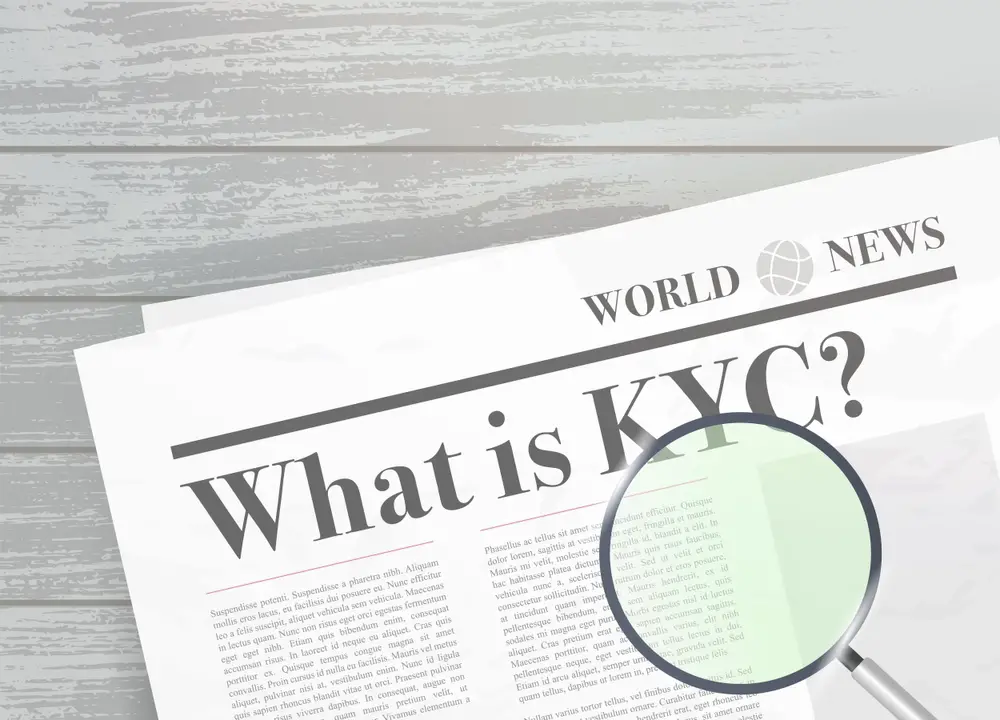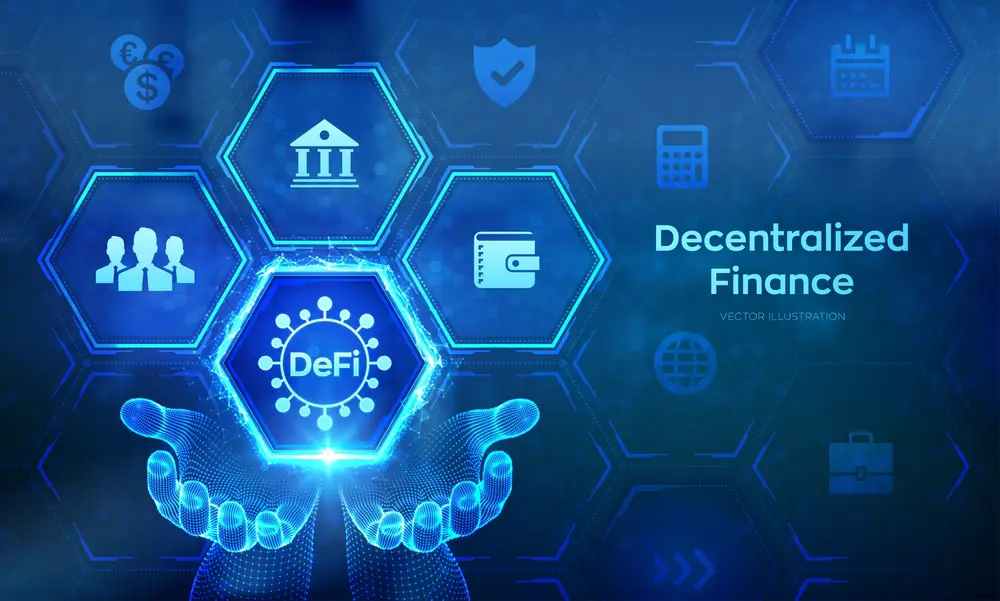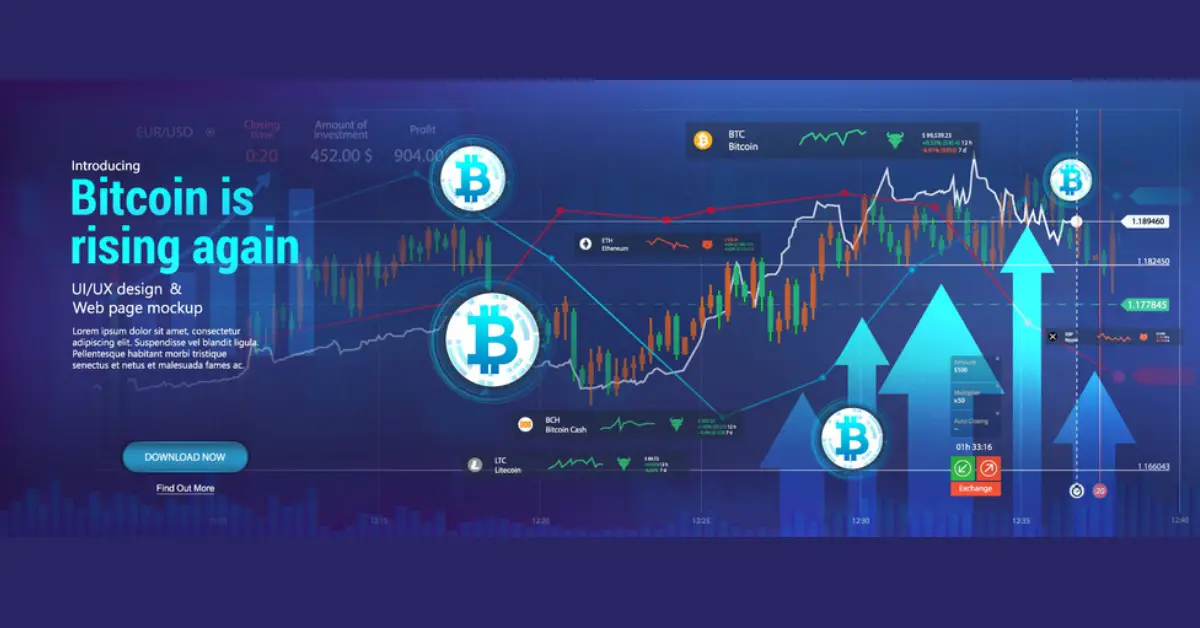Top Cryptocurrency Trends to Watch in the US Market. The cryptocurrency landscape in the United States is undergoing rapid and dynamic changes. As innovations continue to emerge and regulations become more defined, understanding the top trends in the US crypto market is crucial for anyone looking to stay ahead. This article explores the major trends shaping the cryptocurrency market in the US, offering insights into what the future might hold for this ever-evolving space.
Understanding the Current Crypto Landscape in the US
The US crypto market is among the most advanced in the world, characterized by a unique combination of innovation, regulation, and growing adoption.
As cryptocurrencies mature, several factors, including regulatory shifts, technological advancements, and increased institutional interest, are influencing the market’s direction. It’s essential to grasp these elements to navigate the complex world of digital assets effectively.
Major Regulatory Changes on the Horizon
One of the most significant factors influencing the cryptocurrency market in the US is the regulatory environment.
Over the past few years, US regulators have taken a closer look at the crypto space, aiming to ensure consumer protection, prevent illicit activities, and maintain the integrity of the financial system.
Increased Focus on Stablecoin Regulations
Stablecoins, which are digital currencies pegged to a stable asset like the US dollar, have gained tremendous popularity. However, with this rise comes increased scrutiny from regulators concerned about their potential impact on the traditional financial system.
US regulators are expected to impose stricter rules on stablecoins, focusing on transparency, reserve requirements, and consumer protection. These changes could significantly impact how stablecoins are issued, managed, and used in the future.
Enhanced KYC and AML Compliance

Know Your Customer (KYC) and Anti-Money Laundering (AML) regulations are becoming more stringent in the US cryptocurrency market. The goal of these regulations is to prevent money laundering, terrorist financing, and other illicit activities by ensuring that all transactions are traceable.
As a result, cryptocurrency exchanges and other businesses in the crypto space are being pushed to adopt more rigorous verification processes. While these measures can enhance security and trust, they may also limit the level of anonymity that some users value in the crypto world.
Institutional Adoption is Surging
Another key trend in the US cryptocurrency market is the growing interest from institutional investors. What was once considered a fringe investment is now gaining legitimacy among some of the largest financial institutions in the world.
Wall Street’s Growing Interest
The narrative around cryptocurrency has shifted dramatically in recent years, with major Wall Street firms now exploring the potential of digital assets. Financial giants like JPMorgan, Goldman Sachs, and Morgan Stanley are beginning to offer cryptocurrency-related services,
including custody, trading, and investment products, to meet the growing demand from their clients. This institutional adoption is not only lending credibility to cryptocurrencies but also driving their prices and market capitalization to new heights.
Crypto ETFs and Mutual Funds
One of the most significant developments in the institutional adoption of cryptocurrencies is the emergence of cryptocurrency exchange-traded funds (ETFs) and mutual funds. These financial products offer traditional investors a way to gain exposure to the crypto market without directly purchasing digital assets.
The approval of a Bitcoin ETF by the Securities and Exchange Commission (SEC) marked a major milestone, paving the way for more crypto-based financial products. As these products become more prevalent, they are likely to further integrate cryptocurrencies into the mainstream financial system.
The Rise of Decentralized Finance (DeFi)
Decentralized Finance, or DeFi, represents one of the most innovative and disruptive trends in the cryptocurrency space. DeFi aims to recreate traditional financial systems, such as lending, borrowing, and trading, on the blockchain without the need for intermediaries like banks or brokers.

Innovative DeFi Projects to Watch
In the US, several groundbreaking DeFi projects are making waves, offering new opportunities for investors and users. Platforms like Uniswap, Aave, and Compound are leading the charge, enabling users to trade assets, lend funds, and earn interest without relying on traditional financial institutions.
These projects are not only providing higher returns but also greater transparency and accessibility, making them attractive to a broad range of users.
DeFi’s Impact on Traditional Banking
The rise of DeFi poses a significant challenge to traditional banking. By offering better yields, more transparency, and 24/7 access, DeFi platforms are drawing users away from conventional banks.
This trend could lead to a paradigm shift in how financial services are delivered in the US, potentially reducing the dominance of big banks and empowering individual users.
Also Read – How to Use Blockchain Technology for Secure Transactions in the US
NFTs: Beyond Art and Collectibles
Non-fungible tokens (NFTs) have captured the public’s imagination, initially gaining fame for digital art and collectibles. However, the potential use cases for NFTs extend far beyond the art world.
Real-World Applications of NFTs
In the US, NFTs are increasingly being used for a variety of real-world applications, including real estate transactions, intellectual property rights management, and even event ticketing.
These applications showcase the versatility of NFTs and their potential to revolutionize numerous industries. By leveraging the blockchain’s ability to verify ownership and authenticity, NFTs are opening up new possibilities for businesses and individuals alike.
The Future of NFTs in the US
The future of NFTs in the US looks promising, with growing adoption across multiple sectors. As blockchain technology becomes more integrated into everyday life, NFTs could become a standard method for verifying ownership and authenticity.
This shift could lead to new business models and revenue streams, as more companies explore how to utilize NFTs in innovative ways.
Environmental Concerns and Sustainable Crypto
As the cryptocurrency market grows, so do concerns about its environmental impact, particularly related to the energy-intensive process of mining.
The Shift Towards Eco-Friendly Cryptos
In response to these concerns, there is a growing shift towards eco-friendly cryptocurrencies that use less energy and are more sustainable. Cryptocurrencies like Cardano, Algorand, and Solana are gaining attention for their lower energy consumption compared to Bitcoin and Ethereum.
These eco-friendly cryptos are not only appealing to environmentally conscious investors but are also more likely to attract institutional interest as sustainability becomes a priority.
Innovations in Green Mining
Green mining is another trend gaining traction in the US. This involves using renewable energy sources for mining operations or developing new consensus algorithms that require less computational power.
As environmental concerns become increasingly important to both regulators and consumers, companies and projects prioritizing sustainability are likely to attract more attention and investment.
The Role of Blockchain in Web 3.0

Web 3.0, the next evolution of the internet, is characterized by decentralization, where users have more control over their data and online experiences. Blockchain technology is at the core of this transformation, enabling a more secure, private, and user-centric internet.
Decentralization of the Internet
In the US, the trend toward decentralization is gaining momentum, with various projects and startups exploring how blockchain can be used to create decentralized applications (dApps) and platforms.
These dApps are designed to give users more control over their data and reduce the influence of centralized entities like tech giants.
Blockchain’s Impact on Data Privacy
Data privacy is a growing concern in the digital age, and blockchain offers a potential solution by allowing users to own and control their personal information.
In the US, where data breaches and privacy concerns are rampant, blockchain’s potential to enhance data security is being increasingly recognized. As more companies adopt blockchain for data management, we could see a significant shift towards a more privacy-focused internet.
Cross-Border Payments and Crypto
Cryptocurrency is revolutionizing cross-border payments, offering a faster, cheaper, and more efficient alternative to traditional remittance services.
The Growing Popularity of Remittance Services
In the US, the popularity of crypto-based remittance services is on the rise, particularly among the immigrant population who send money back home.
These services are not only faster and cheaper than traditional methods but also offer greater transparency, making them an attractive option for users.
Crypto’s Role in Financial Inclusion
Cryptocurrency is also playing a crucial role in promoting financial inclusion, particularly for individuals who are unbanked or underbanked.
By providing access to financial services without the need for a traditional bank account, crypto is helping to bridge the gap for millions of people in the US who lack access to the traditional financial system.
Also Read – Difference Between Bitcoin and Ethereum for US Investors
Metaverse and Cryptocurrency: A Perfect Match?
The concept of the metaverse—a virtual world where people can interact, work, and play—has gained significant attention recently, and cryptocurrency is playing a key role in its development.
How Crypto Powers the Metaverse Economy
Cryptocurrencies are serving as the backbone of the metaverse economy, enabling users to buy, sell, and trade virtual goods and services.
In the US, companies like Facebook (now Meta) are investing heavily in the metaverse, and crypto is set to play a central role in this emerging digital ecosystem.
Future Prospects of Crypto in Virtual Worlds
As the metaverse continues to evolve, the integration of cryptocurrency is likely to deepen. Virtual real estate, digital art, and other assets within the metaverse could become significant investment opportunities, driving further adoption of crypto in the US market.
Conclusion and Future Outlook
The cryptocurrency market in the US is a rapidly evolving space with a range of trends that are poised to shape its future. From the tightening of regulations and the surge in institutional adoption to the rise of DeFi, NFTs, and the integration of crypto into the metaverse, the landscape is marked by innovation and disruption.
For investors, developers, and enthusiasts alike, staying informed about these trends is crucial for navigating the complexities of the crypto world. As the market continues to develop, those who adapt and leverage these emerging opportunities will be well-positioned to succeed in the future of digital finance.
Frequently Asked Questions (FAQs)
What are stablecoins, and why are they important?
Stablecoins are digital currencies pegged to a stable asset like the US dollar. They are important because they offer the stability of fiat currencies while maintaining the benefits of cryptocurrencies, such as speed and security.
How is DeFi different from traditional finance?
Decentralized Finance (DeFi) operates without intermediaries like banks or brokers. It uses blockchain technology to create financial products that are accessible to anyone with an internet connection, offering greater transparency, higher yields, and 24/7 availability compared to traditional finance.
What is the significance of NFTs beyond digital art?
NFTs, or Non-Fungible Tokens, are not limited to digital art; they are increasingly being used in various real-world applications such as real estate transactions, intellectual property management, and event ticketing. NFTs provide a verifiable proof of ownership and authenticity, making them versatile tools in multiple industries.
Why are environmental concerns a big issue for cryptocurrencies?
Environmental concerns arise primarily due to the energy-intensive nature of cryptocurrency mining, particularly with coins like Bitcoin. The high energy consumption has led to criticism, prompting the development of eco-friendly cryptocurrencies and innovations in green mining practices.
What role does cryptocurrency play in the metaverse?
Cryptocurrency is central to the economy of the metaverse, enabling transactions for virtual goods, real estate, and services. As the metaverse expands, the integration of crypto is expected to grow, providing new opportunities for investment and interaction in virtual worlds


1 thought on “Top Cryptocurrency Trends to Watch in the US Market”